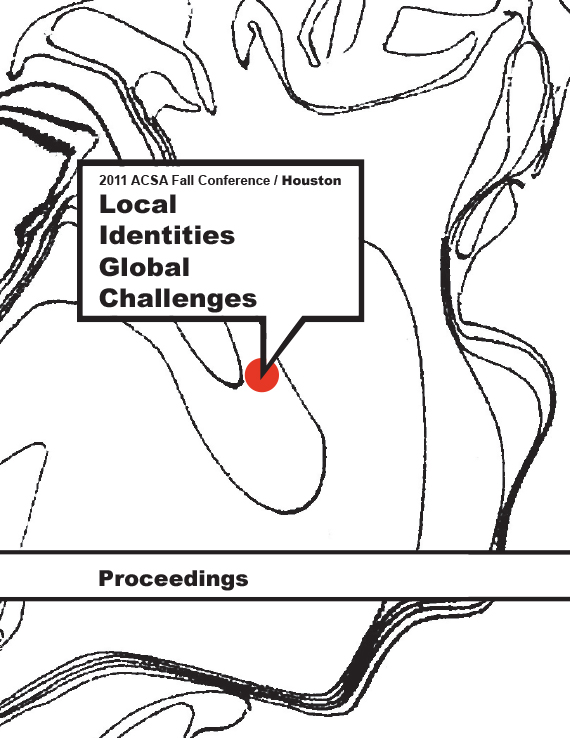Author(s): Theodore Sawruk
In 2008, the University of Hartford, College of EngineeringTechnology and Architecture, under thedirection of Dr. Mohammad Saleh Keshawarz1, wasgiven a $1.33 million grant from the World Bank tohelp reestablish the School of Engineering facilities,curriculum and faculty at Herat University.2 Thegrant directly funded faculty members from HeratUniversity to come to the private college in WestHartford to earn their master’s degrees in variousengineering and architectural disciplines. The grantmission also facilitated creating a new ArchitecturalEngineering Technology (AET) program to addressthe growing needs of contemporary Afghanistan.Having never had an architecture program in theCity of Herat, the slate was blank and the opportunitieswere endless. Over the next three years variousindividuals have worked to forge an innovativecurriculum, one that melds the historic traditions ofa two-thousand year old city with the contemporaryneeds of a Western-style Islamic society.Afghanistan is not a country or culture, which hasbenefited from years of self-revelation and shelteredexploration. After 30 years of continuous war: withits death, destruction and despair; Afghanistan hasbecome a true Deconstructivist culture. Not a prestigiouslandscape littered with stylistic artifacts, but atrue context of complexity, conflict and chaos. Constructs,such as Modernism, Post Modernism, Deconstructionismand New Urbanism seem to have noplace in current Afghanistan, yet recent and past examplesof these expressions can be found all over thelandscape. The evolving City of Herat has become atrue pluralist environment, and the variety of stylesand habitation has generated a multitude of confusingand yet significant representations and meanings.In the current context of extensive destruction andexpansive re-building, neither Islamic Traditionalismnor Soviet Modernism has been able to providea dominant or visionary episteme. As such,University of Hartford faculty acted as visionariestrying to project architectural education into thefuture. But was a new, more radical approach toarchitectural education the answer to address thecritical question, “How to rebuild a culture?”
Volume Editors
Ikhlas Sabouni & Jorge Vanegas

 Study Architecture
Study Architecture  ProPEL
ProPEL 
